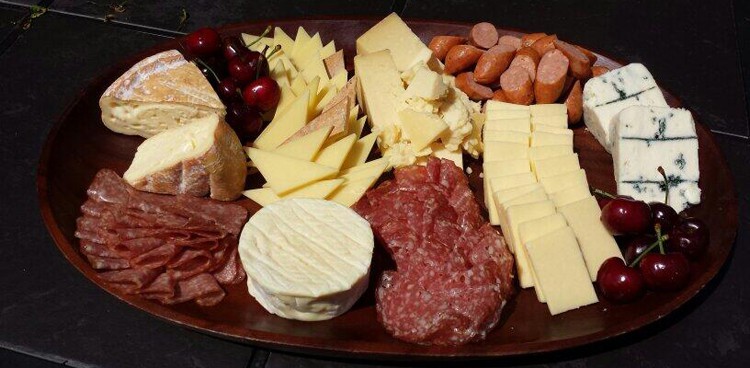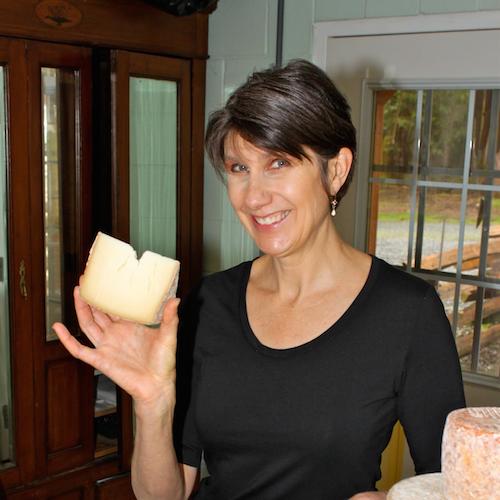
How many accompaniments should I offer with my cheese plate?
The appropriate number of accompaniments—in addition to plain bread and/or crackers, of course—depends on whether the cheese is served as a course or the main event.
For the former, a trinity of temptations is all you need for a balanced sensory experience: mildly tart fruit (strawberries, green apple, or kiwi); unsalted nuts (raw almonds or hazelnuts); and a spicy-sweet spread (hot pepper jelly or quince paste).
For the former, a trinity of temptations is all you need for a balanced sensory experience: mildly tart fruit (strawberries, green apple, or kiwi); unsalted nuts (raw almonds or hazelnuts); and a spicy-sweet spread (hot pepper jelly or quince paste).
Bits of dark chocolate may be substituted for nuts, especially if the cheese plate is also the dessert course. Each of these accompaniments offers a break for the palate and enhances the flavor of the cheeses.
When cheese is the main course, add dried fruits—figs or dates—and savory meat such as prosciutto to bring total accouterments to five and boost flavor and textural variety. But don’t get carried away. Less is often more and the focus should be on the cheeses.
When cheese is the main course, add dried fruits—figs or dates—and savory meat such as prosciutto to bring total accouterments to five and boost flavor and textural variety. But don’t get carried away. Less is often more and the focus should be on the cheeses.




